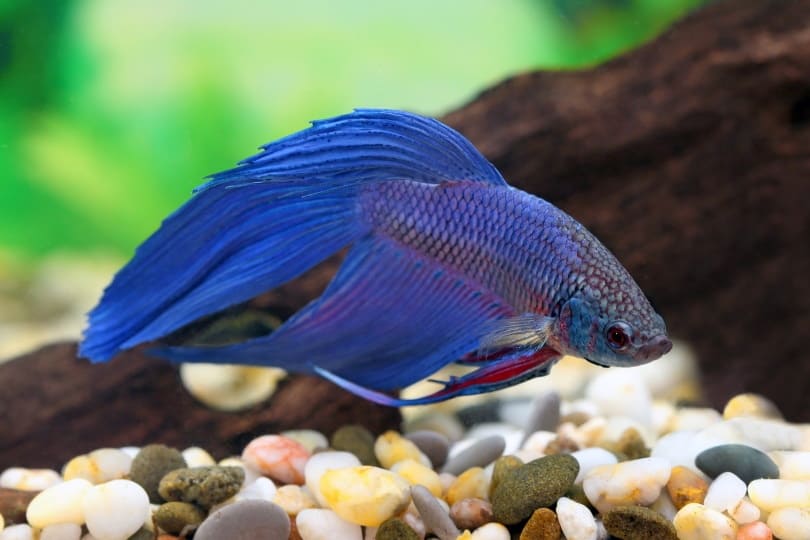
Pellets
Using pellets in Betta gel food is a good way to provide your betta with a nutritious and tasty meal. Bettas are obligate carnivores, meaning they need to consume meat-based foods. You can feed them flakes, pellets, or frozen foods. Pellets are good options for bettas because they can be easily divided for feeding. They are also less messy than flakes.
Pellets also provide bettas with a lot of protein. In fact, the minimum recommended protein content for pellets is 30%. A good betta pellet should contain dried meats. Pellets also contain fillers. Fillers are not nutritious for bettas.
Freeze-dried foods are also great, although they can be fattening. Soaking freeze-dried food in water before feeding it to your betta can prevent bloating. They are also great for providing occasional treats. However, they can be hard to use as a daily food source because they lose vitamins during soaking.
You can also use live foods, such as fruit flies and brine shrimp. Live foods can be messy, though. The only downside to live foods is that they carry harmful parasites. It also takes time to culture the foods. If you cannot culture your own, you can purchase live cultures from companies that make them.
One of the most convenient ways to make Betta gel food at home is by mixing ingredients together. You can then freeze the mixture and store it for later. You can then use it as an occasional snack or feed it to your betta as a daily meal. You can also make your own betta gel food using a recipe. You can mix and match the ingredients depending on the size of your portion. You can freeze the mixture for a long period of time. You can also thaw the mixture before feeding it to your betta.
Whether you decide to feed your betta pellets, frozen food, or live foods, the important thing is to keep the food fresh. If you let leftover food sit in the water, it can cause your betta to develop constipation or swim bladder problems.
Bloodworms
Putting bloodworms in betta gel food is a great treat for your betta fish. Bloodworms are a natural food for bettas, and are often found in the wild. They can be purchased live or freeze-dried. It is important to buy a reputable source, and to rinse the worms before adding them to the tank.
Bloodworms are an excellent source of protein and iron. They come in a variety of forms, including live, freeze-dried, and gel. If you are purchasing freeze-dried bloodworms, it is important to buy Grade A. These worms are a higher quality and will keep your betta healthy.
When choosing live bloodworms for your betta, it is important to purchase them from a reputable source. This is because they have a shorter shelf life than freeze-dried worms. You also want to avoid worms with debris. These can introduce bacteria and parasites to your betta’s water.
Bettas are naturally insectivores, and you will want to provide them with a healthy variety of food. They need to have plenty of protein to maintain their health. It is also important to supplement their diet with other foods, to prevent constipation.
Bettas can become very picky eaters. This means you will need to measure and portion your betta’s food. If you do not measure the amount of food that you are feeding your betta, you can overfeed. This can result in constipation and ammonia spikes. Overfeeding can also lead to a condition known as swim bladder disease. If your betta is in this condition, he or she will not be able to recover.
Buying freeze-dried worms is a better option than purchasing live worms, because they are less likely to carry parasites. However, freeze-dried worms have little nutritional value. They also tend to rot in the water. This can cause algae growth. It is also important to thaw your bloodworms before adding them to the tank.
When purchasing freeze-dried bloodworms, you should store them at a temperature of 32 degrees. It is also important to store them in a refrigerator.



